Horticulture
-
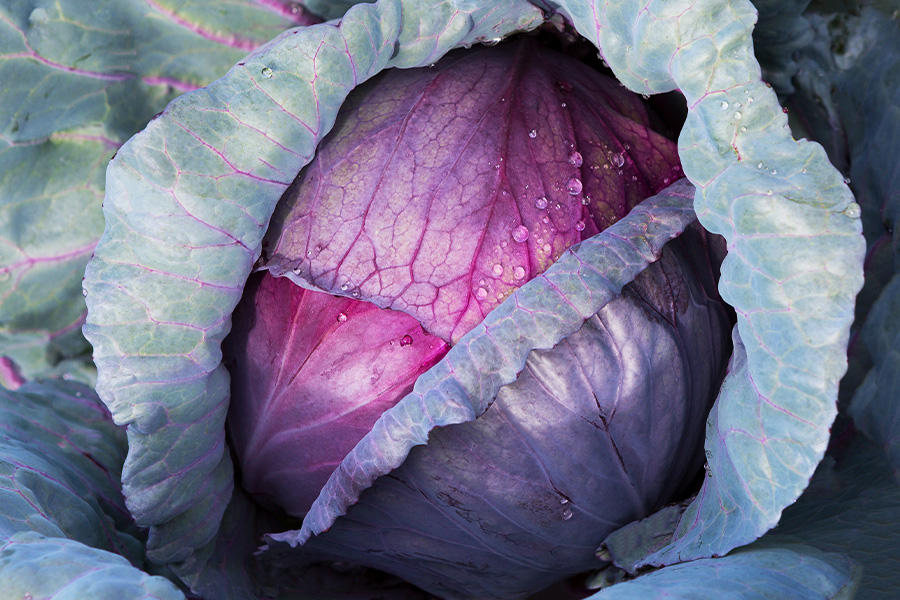
Red cabbage is a highly nutritious vegetable crop, rich in minerals, vitamins, and several other chemical compounds that are beneficial for human health, including phenols, proteins, glucosinolates and anthocyanins. While red cabbage belongs to the same group as the other cabbage varieties (white and green) widely produced and consumed in the state, red cabbage production and consumption in Georgia is still low. This publication contains basic information on crop management, food safety practices, and biochemical properties of red cabbage.
Laurel Dunn
|
-
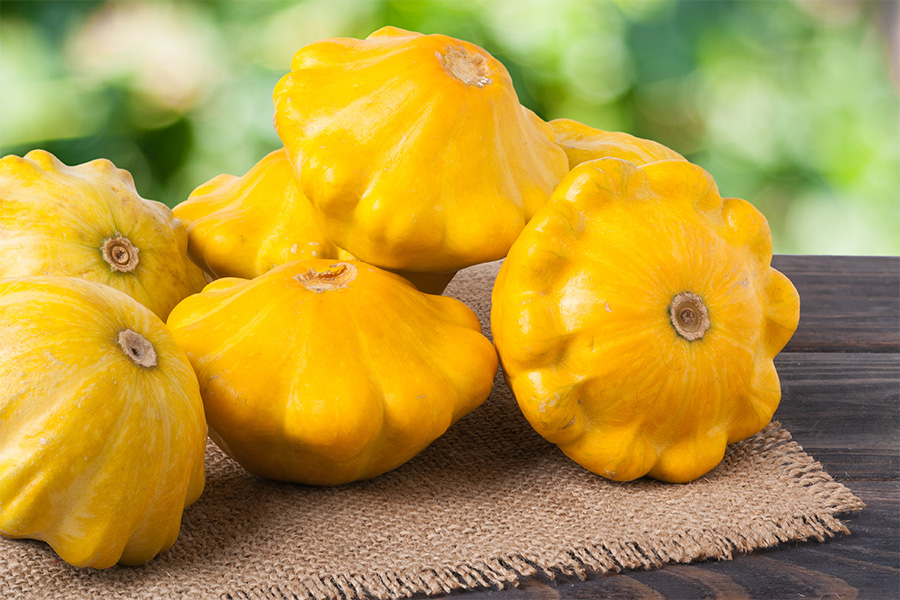
Summer squash is one of the most popular warm season vegetables grown in home gardens. Unfortunately, the levels of insect attacks on summer squash have risen dramatically over the last 10 years. Safe and effective controls are needed to help produce this important crop with all of the pressures of insect pests. This publication will discuss both organic and non-organic solutions for homeowners to try in their home garden, including the use of barriers, trap crops and chemical controls.
Bob Westerfield and Hailey Partain
|
-
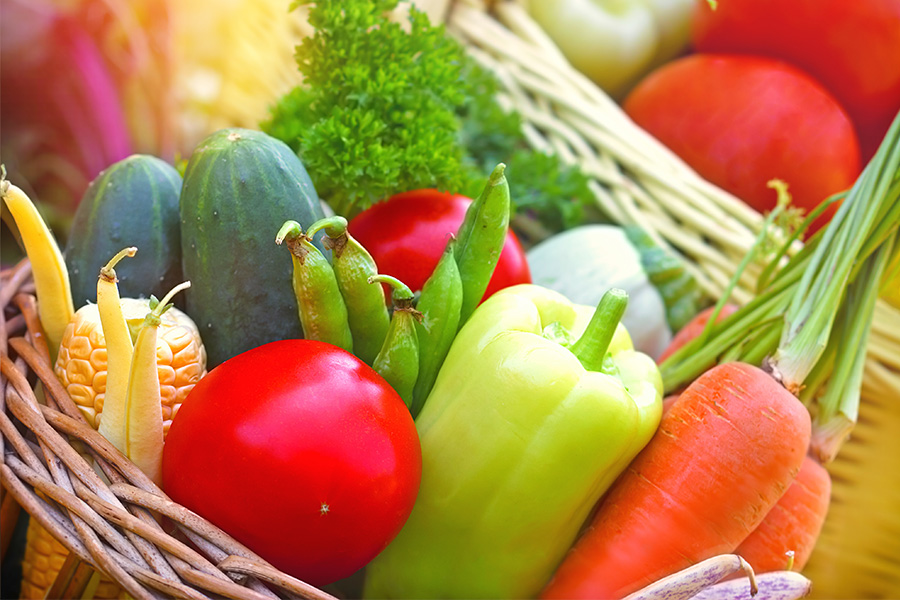
C 1179
Fertilizing the Home Garden
This publication covers the basics of how to correctly fertilize the home vegetable garden. It discusses the differences between organic and synthetic fertilizers and the advantages and disadvantages of both. The circular also includes information about the importance of soil testing along with detailed instructions for fertilizing a new garden as well as more established vegetables.
Bob Westerfield and Hailey Partain
|
-
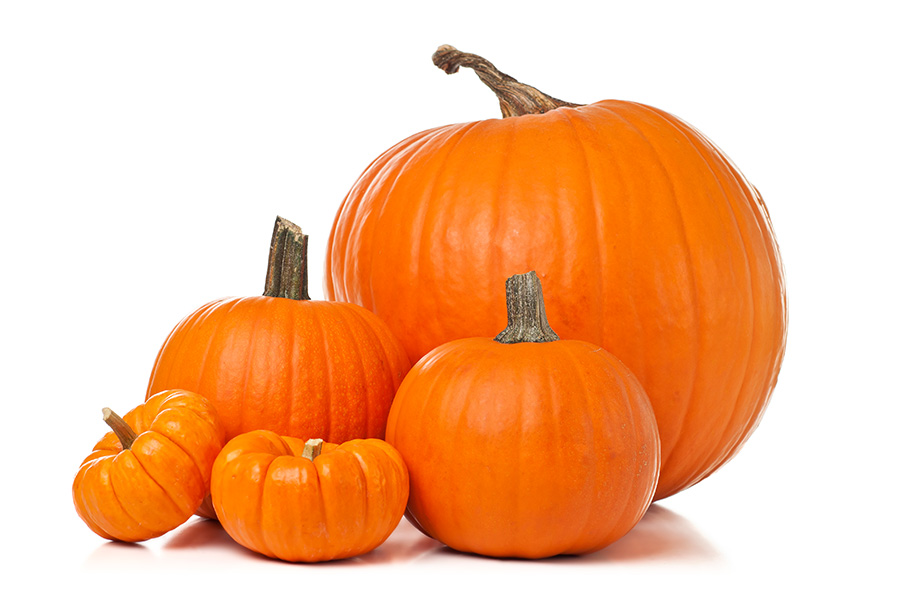
C 1206
Homegrown Pumpkins
While pumpkins are edible and grown for both their flesh and seeds, they are more commonly used as fall decorations. This member of the cucurbit family can be found in a variety of shapes, sizes, and colors. While pumpkins are not very difficult to grow, they do require a substantial amount of space for their sprawling vines. Selecting the right cultivar and following good cultural practices are key to successfully growing pumpkins.
Bob Westerfield
|
-
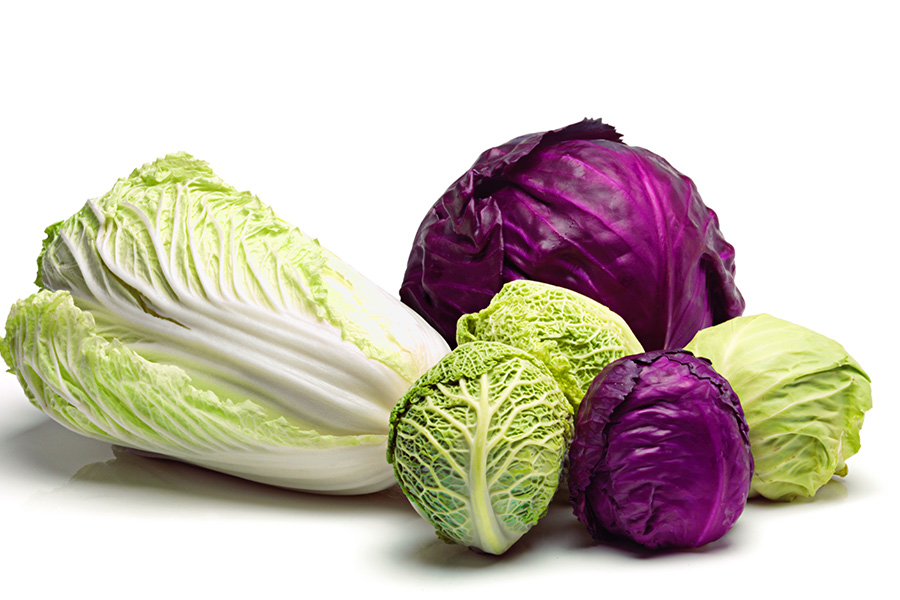
C 1218
Homegrown Cabbage
Cabbage (Brassica oleracea var. capitate) is a cool-season vegetable that is a member of the cole crop family. There are several types of cabbages available to grow, and they can all be eaten raw or cooked in a variety of ways. This publication covers the basics of how to grow cabbage in the home garden, including selection, planting, and maintenance information for growing this popular vegetable.
Bob Westerfield
|
-
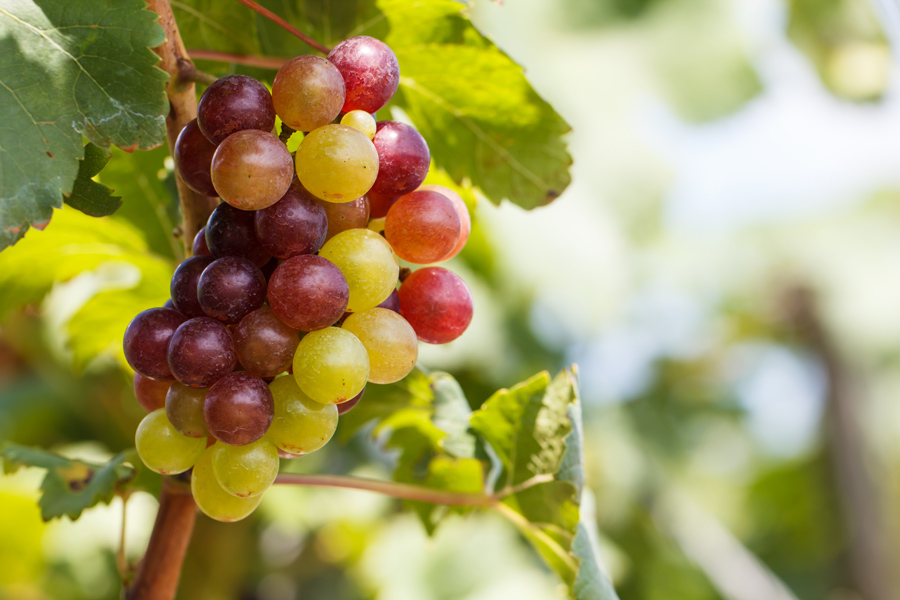
C 1303
Muscadine Grape Management
This phenology-based muscadine grape management poster provides a reference for sound viticultural, disease, and insect management practices in a digestible format. Produced in cooperation with University of Tennessee, North Carolina State University, University of Arkansas, and Auburn University. A publication of the Southern Region Small Fruit Consortium.
Patrick J. Conner, Phillip M. Brannen, Brett R Blaauw, David Lockwood, and Sarah Lowder
|
-
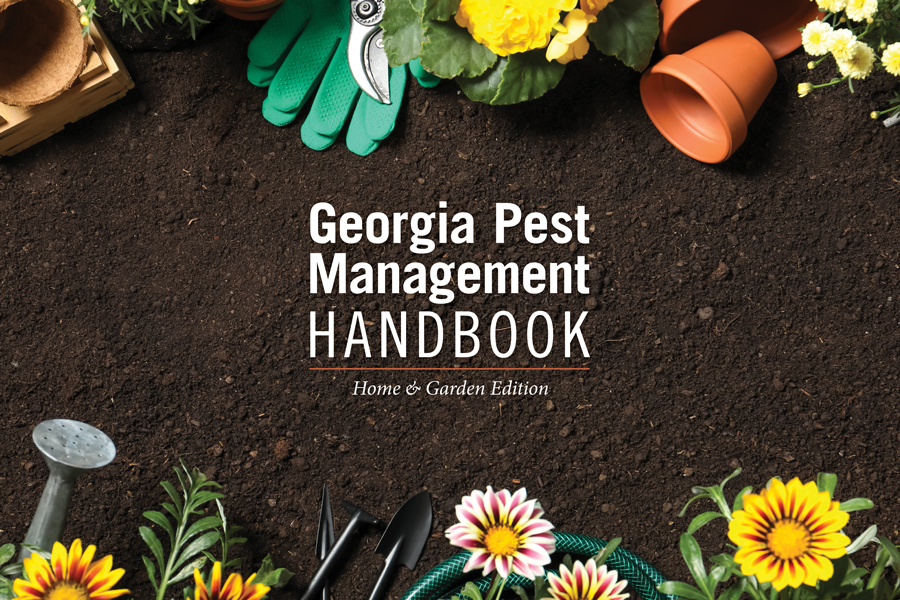
SB 48-10
Ornamentals
This section of the Home & Garden Edition covers pest control in ornamentals, such as indoor plants, flowers, shrubs, and ground covers. Beginning in 2022, the Home & Garden Edition has been updated biennially. When purchasing a product based on a first-year recommendation of the Handbook, check the current product label before purchase to be sure it is still labeled for the use for which you are buying it. For pesticide products you have on hand from earlier purchases, you are allowed to use them until they are depleted without penalty under the law. Always follow label instructions before use. Contact the product’s manufacturer for the most up-to-date label.
Jean Williams-Woodward, William G. Hudson, Mark Czarnota, and Allison Faye Johnson
|
-
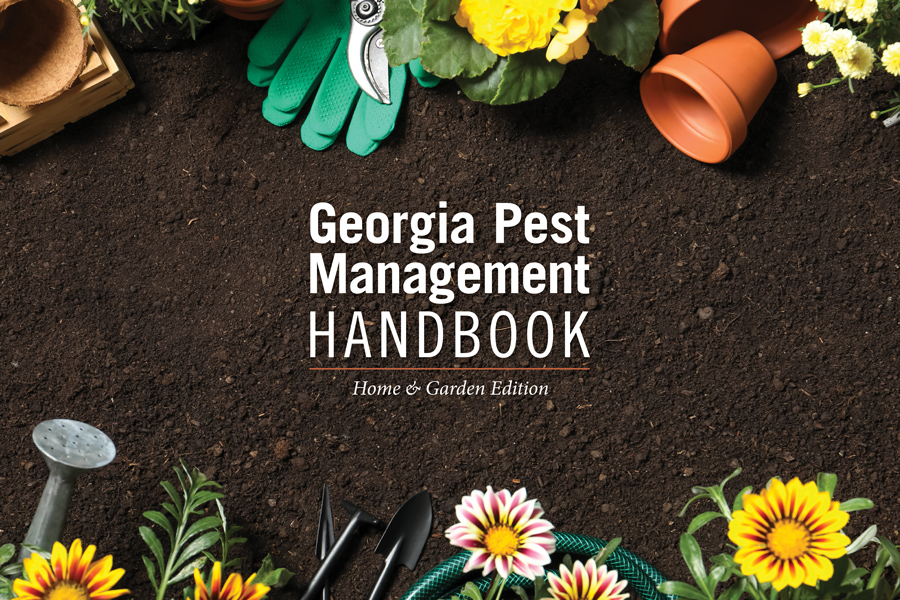
SB 48-12
Vegetables
This section of the Home & Garden Edition covers insect, weed, and disease control in home garden vegetables. Beginning in 2022, the Home & Garden Edition has been updated biennially. When purchasing a product based on a first-year recommendation of the Handbook, check the current product label before purchase to be sure it is still labeled for the use for which you are buying it. For pesticide products you have on hand from earlier purchases, you are allowed to use them until they are depleted without penalty under the law. Always follow label instructions before use. Contact the product’s manufacturer for the most up-to-date label.
Stanley Culpepper, Alton N Sparks, Bhabesh Dutta, and Allison Faye Johnson
|
-

In this video, you will learn how to judge the optimum maturity of strawberries for harvest and how to identify the main quality attributes that are important for maximum postharvest shelf life.
Laurel Dunn and Angelos Deltsidis
|